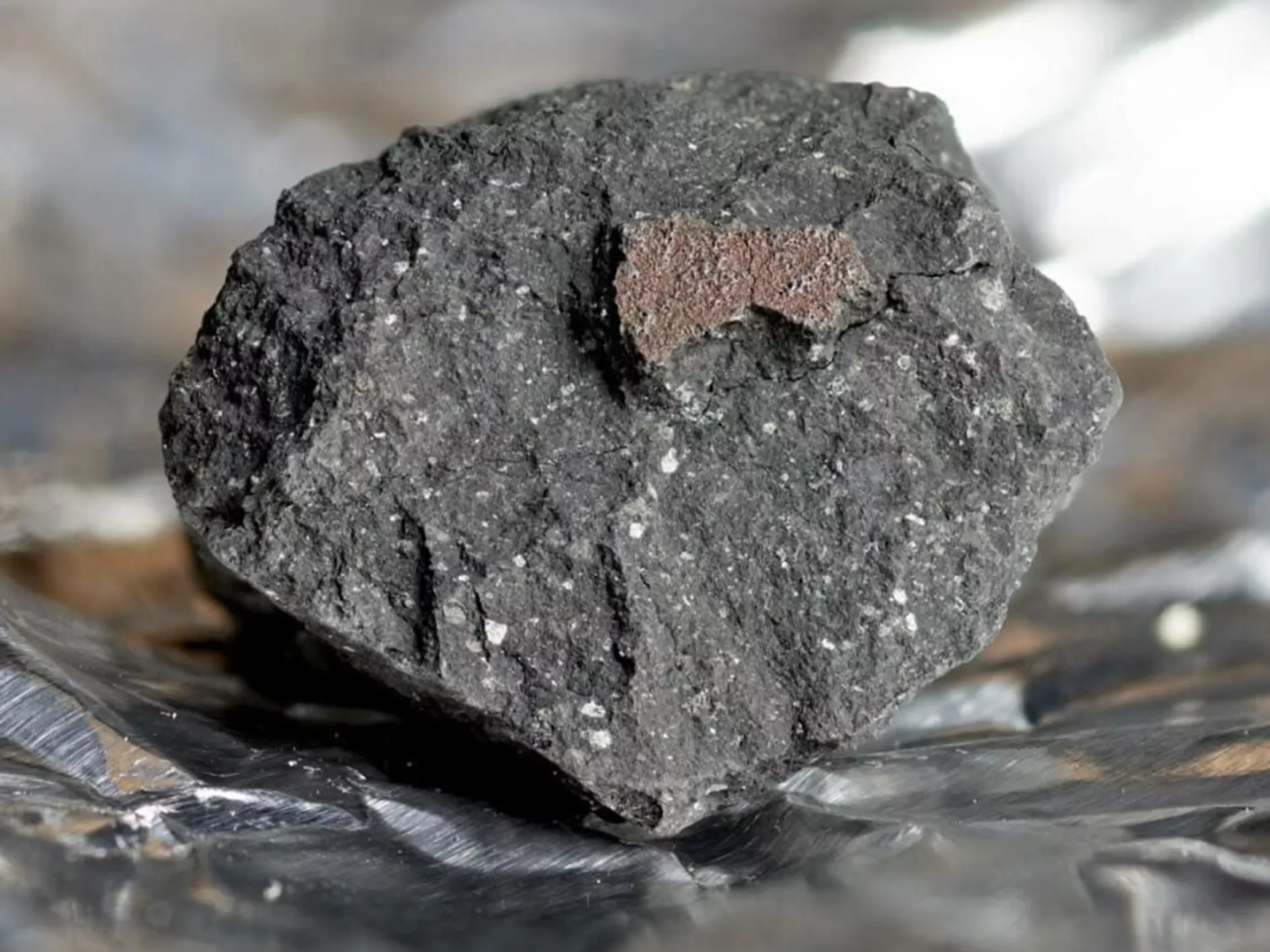The space rock, called the Winchcomb meteorite, has been closely studied by researchers who have found that it contains water similar to the water on our planet. Scientists focus on the dominant theory that the Earth received its huge supply of water thanks to asteroids that intensively bombarded its surface in the distant past.
During the study of the «space guest», it was found that Winchcomb includes about 2% carbon and 11% water. This water, according to the researchers, is almost indistinguishable from Earth’s water by the ratio of different types of hydrogen atoms.
In addition, extraterrestrial amino acids were found in the meteorite, which are a «starter kit» for the building blocks of life. This suggests that meteorites could deliver to Earth not only water, but also organic materials, which eventually turned this planet into a living world.
